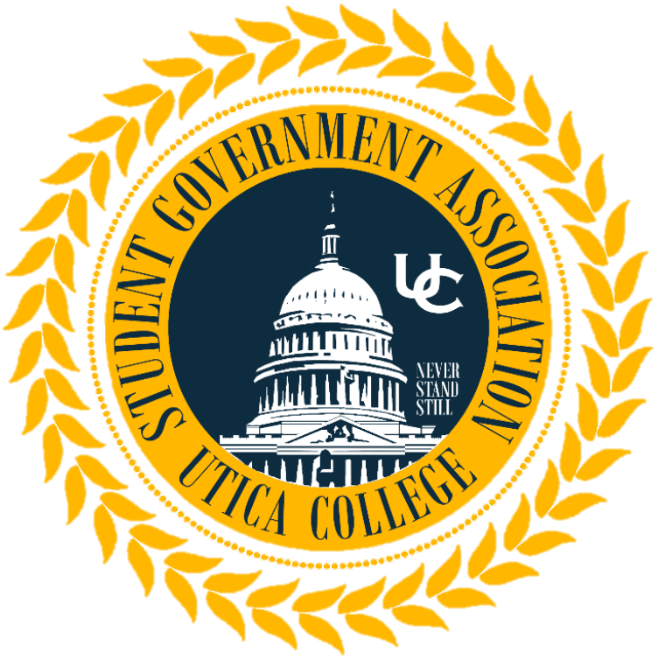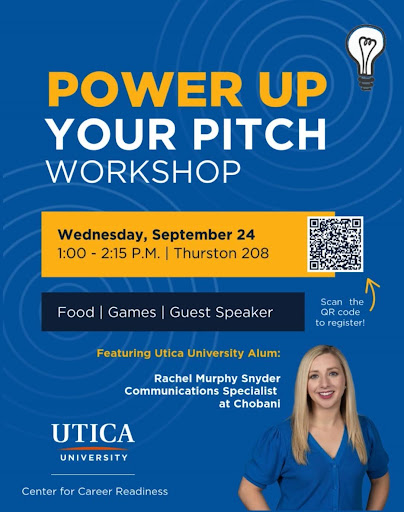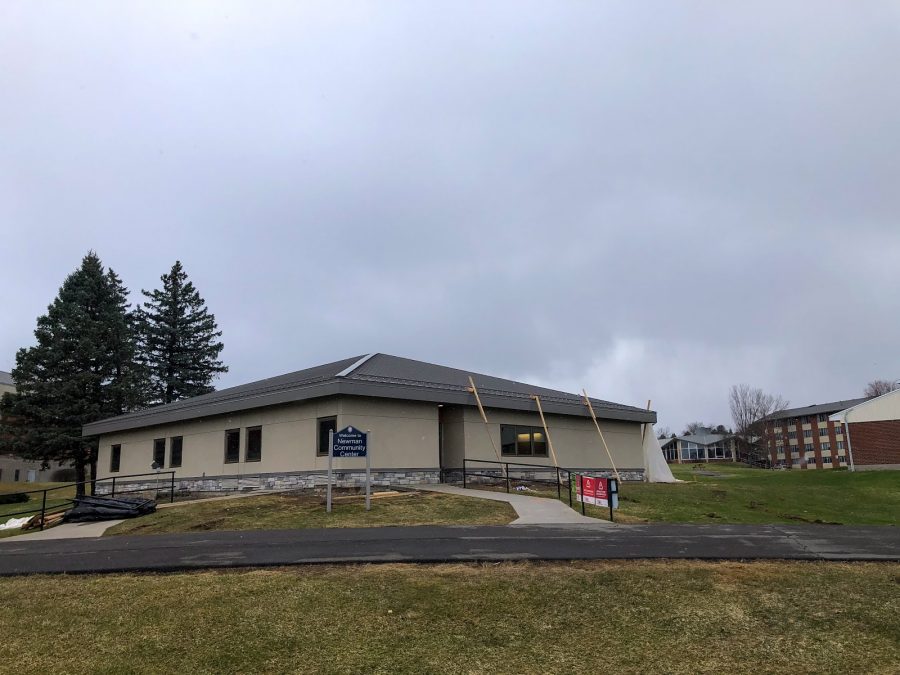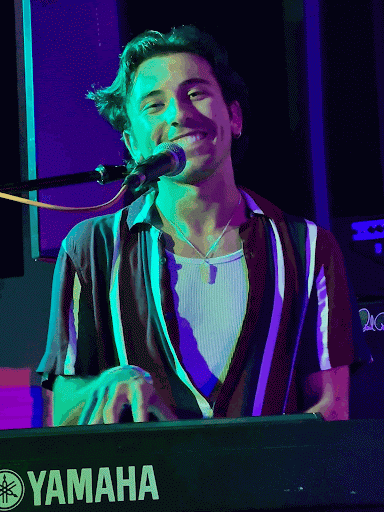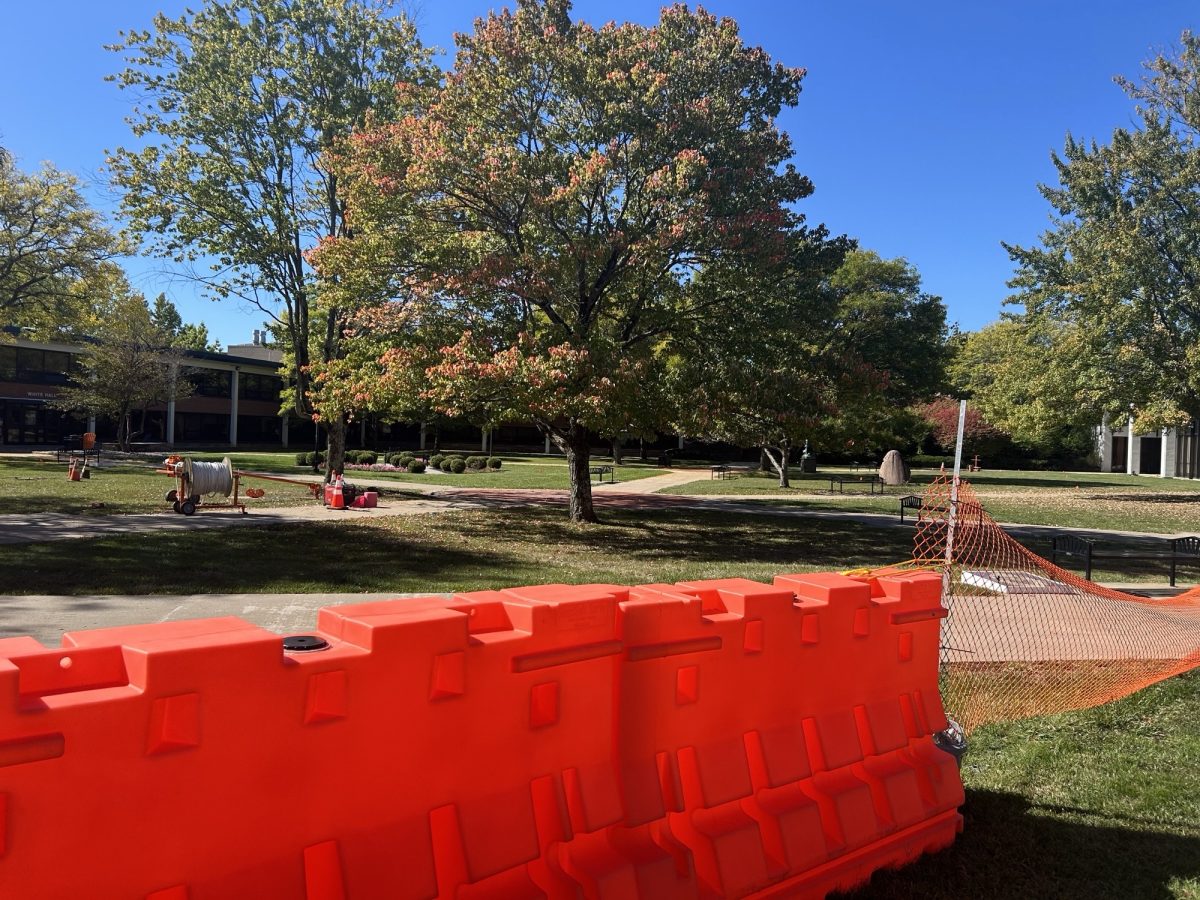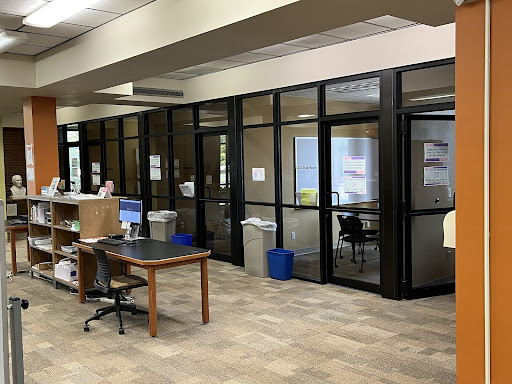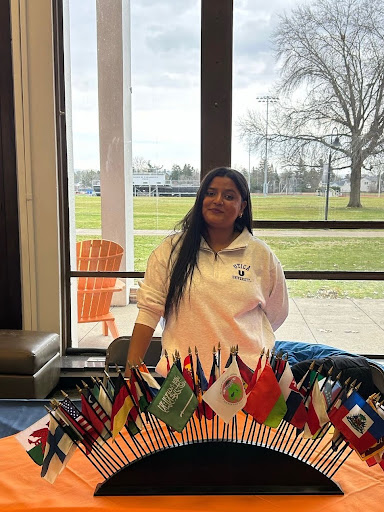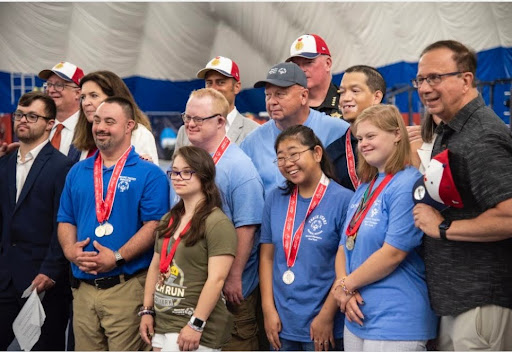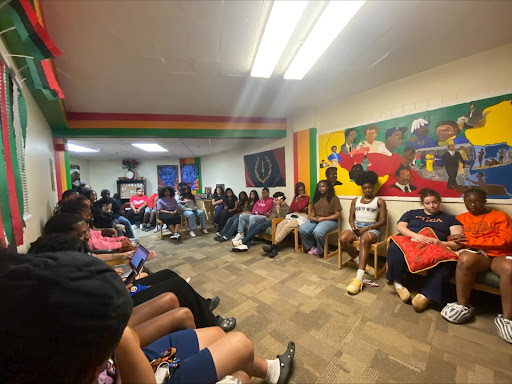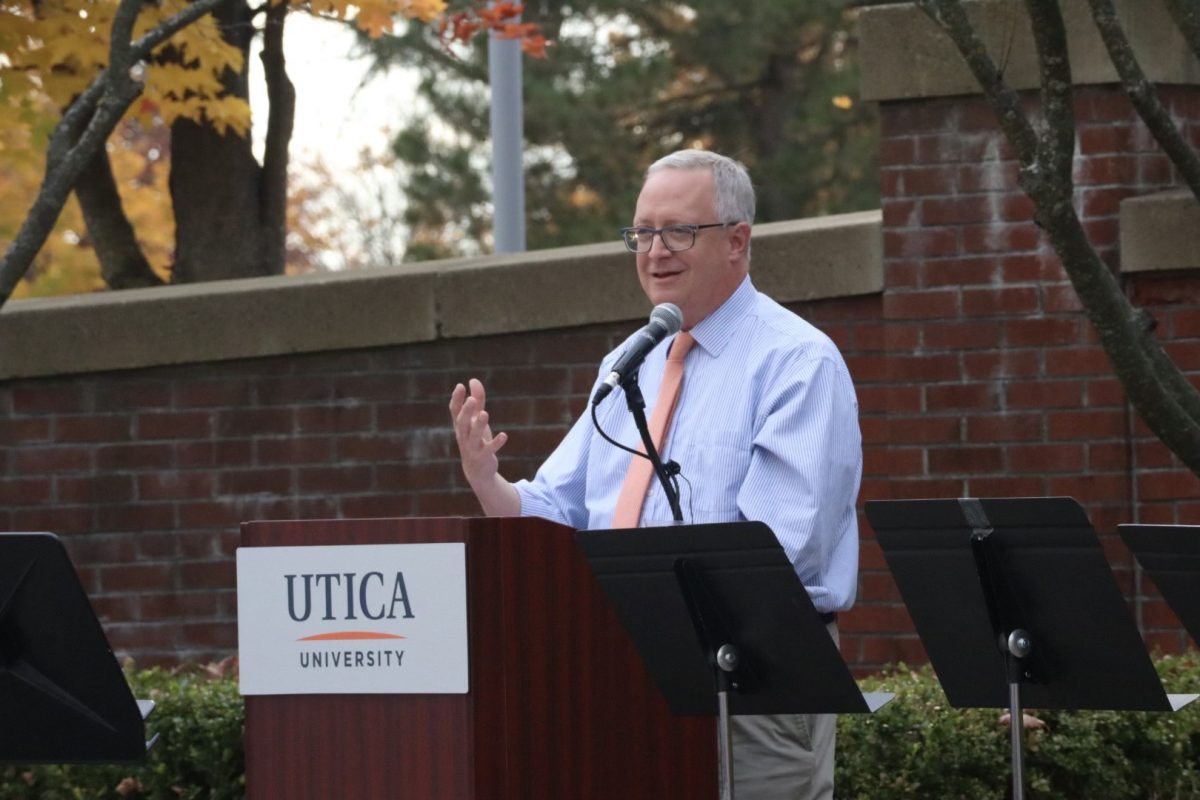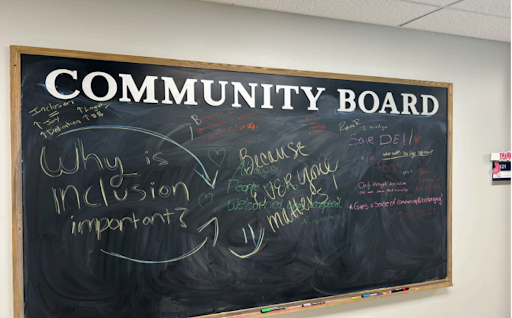The Newman Center, currently known as the Intracultural Student Clubs and Organizations Center, will be opening to students in the fall.
According to Matthew Carr, the vice president for college infrastructure and chief information officer, renovations started in early December of 2020, and the renovations are in the closing stages.
- Slashed SGA budget sparks student frustration at recent meeting
- Editorial: Your campus, your voice – How to reach us when you want to speak out and how we make editorial decisions
- Op-Ed: Why Black student perspectives matter in campus reporting
- Conservative activist Charlie Kirk’s death shocks Utica University students
- Op-Ed: Utica student looks to start new multi-faith discussion group on campus
“The interior and exterior of the building should finish up sometime in the next three or four weeks,” Carr said. “But we are adding an outdoor patio with seating and a gas fireplace that had been weather dependent, so they haven’t started that piece of it yet. That will be done late in the spring or early in the summer and it’s planned that the building will be fully open and functional for students in the fall semester.”
Carr said that it may be getting a donor-funded name, but at this point that has not been announced, and it is being referred to as the Intracultural Center.
Dr. Anthony Baird, chief diversity officer for and vice president for diversity, equity and inclusion, described the Intracultural Center as fluid.
“The operation is very fluid,” he said. “It’s open, it’s flexible, it’s pliable. But essentially, The Intracultural Center will be a place where people with different heritage and cultures can come together to meet and engage, to exchange ideas and conversations.”
Baird said the aim was for the campus to get to a place where more inclusive, more diverse and more equitable spaces are being intentionally developed for all of the citizens who abide within the campus community.
The Womyn’s Resource Center, which is currently located in the basement of Hubbard is going to be relocated to the Intracultural Center. Otherwise, the center won’t really have any single, designated purposes.
“The Womyn’s Resource Center is unfortunately not in a very prominent location,” Carr said. “This hopefully will increase the visibility of it to the student population and the campus community as a whole. The intent was to give them a much more functional and more visible space, so we’re hopefully accomplishing that with the move.”
Besides the Womyn’s Resource Center, the interior of the Intracultural Center will house a lounge, two multipurpose rooms and study rooms that somewhat mimic those in the library.
“These spaces can be used for either small group meetings, or reserved for study space,” Carr said. “It’s a really flexible space for use by all students and organizations. We wanted to make sure that we didn’t really designate too many spaces and thus shut out other students.”
One thing Baird aims to convey with the addition of the center is that inclusion and cultural competency doesn’t sit with one office, one person or one department.
“I think it’s a concept to be conceived and owned by each and every single member of our community,” Baird said. “My vision for the space is to have it as a place for intercultural activities and student engagement, as well as some organizational activities. Additionally, it’s a space where students can experience health and wellness, meditation, prayer, gatherings, meetings, conversations and relaxation.”
Baird added that it could also be seen as a paraprofessional space for students to gather and coordinate projects and meetings in the study and workspaces.
The Intracultural Center will be open 24 hours a day, and available to all students with ID access, year-round.
“I hope students will appreciate the extra space,” Carr said. “I’ve certainly heard that there’s not enough meeting space for students on campus so this will hopefully help.”
Carr also said the outdoor seating from the patio will address students’ desire to have study spaces available outdoors as the weather improves.
Senior Lindsey Rasmussen said that with Strebel Lounge now being used for COVID-19 pool testing, the additional space to hold events is an important addition to campus.
“Also, as a member of Inter Greek Council, hopefully, this is a space we can use for our weekly meetings, rather than Boehlert,” Rasmussen said.
Baird concluded, indicating that the success of the new center will depend on the students who use it.
“I think it’s going to take the students and members of the community to give The Intracultural Center life,” Baird said. “But ultimately, it’s a centerpiece of the campus where cultural conversations can be had.”

